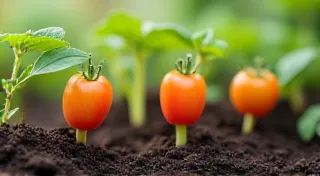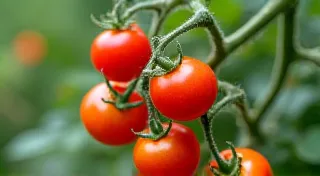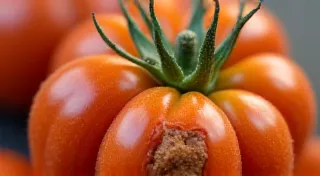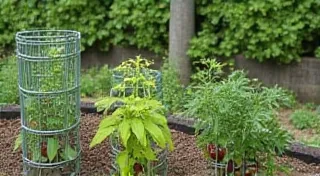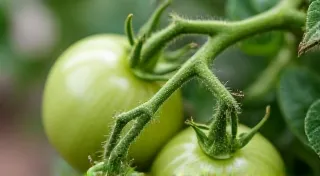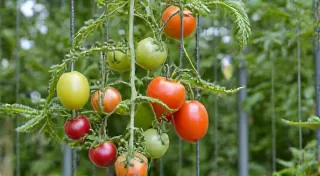Extending the Tomato Season: Regional Techniques
Growing heirloom tomatoes is a rewarding experience, but the short growing season in many regions can feel limiting. Don't accept a fleeting harvest! With a little planning and region-specific techniques, you can significantly extend your tomato season and enjoy juicy, flavorful fruits well into the fall. This guide will break down practical strategies tailored to different climate zones, empowering you to maximize your heirloom tomato bounty.
Understanding Your Region’s Challenges
The first step is honestly assessing your region's climate challenges. Consider these factors:
- First and Last Frost Dates: These are your baseline for when to start and end your tomato growing.
- Growing Degree Days: A measure of heat accumulation, this indicates how long tomatoes have sufficient warmth to ripen.
- Humidity: High humidity can lead to fungal diseases, impacting the length of a healthy growing period.
- Sunlight Hours: Reduced sunlight in later summer and fall can slow ripening.
Regional Strategies for Season Extension
Let's explore season extension techniques categorized by broad climate zones. Remember, these are guidelines; adapt them to your specific microclimate. The success of any technique is intrinsically linked to understanding and improving your soil; for a deeper dive into regional soil nuances, check out our guide to Soil Amendments for Heirloom Tomatoes: A Regional Breakdown.
1. Cool & Short Season (Northern US, Canada, UK):
This region faces the biggest challenge. Focus on maximizing early starts and protecting plants from cool nights. Getting the most out of your chosen varieties is paramount; careful consideration should be given to variety selection. Many growers in this region swear by the Cherokee Purple tomato for its reliable early production.
- Start Indoors Early: Begin seeds 8-10 weeks before the last expected frost. Use heat mats for optimal germination.
- Row Covers: Floating row covers offer significant protection from frost and pests. Use them from transplanting until after the risk of frost has passed.
- Cloche Covers: Individual cloches offer even greater protection for vulnerable plants.
- Cold Frames: Simple cold frames can extend the growing season by several weeks, providing a sheltered environment.
- Heated Propagators: For the most dedicated growers, heated propagators can provide the perfect environment for early starts and extended growth.
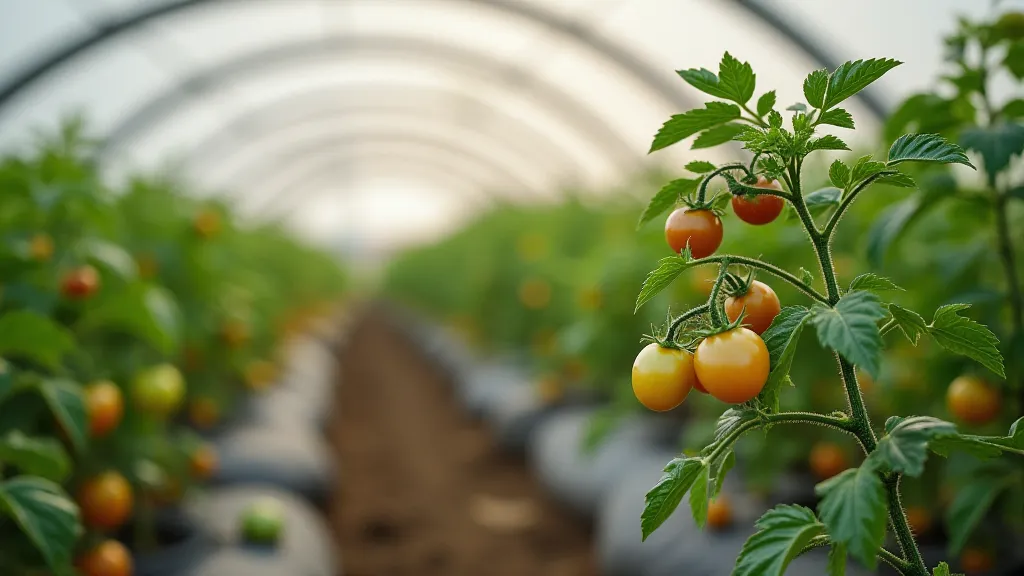
2. Temperate Climates (Midwest US, Southern Europe):
These regions have a moderate risk of frost and generally decent growing conditions. Focus on protecting ripening tomatoes from late-season cool spells. Many growers in the Northeast are achieving incredible results with San Marzano tomatoes; a key ingredient in truly exceptional pasta sauces!
- Cover Cropping: Planting a cover crop (like rye or clover) in the fall after tomato harvest helps improve soil health and can slightly warm the ground in spring.
- Raised Beds: Raised beds drain better and warm up faster than in-ground gardens.
- Black Plastic Mulch: Black plastic mulch absorbs solar heat, warming the soil and reducing water evaporation.
- Water Walls: A dark-colored wall or row of containers filled with water can absorb heat during the day and release it at night, protecting plants from frost.
3. Warm & Long Season (Southern US, Mediterranean):
While the risk of frost is low, intense summer heat and the potential for early fall frosts can still impact the tomato season. Prioritize disease prevention and late-season protection. Varieties that offer reliable production and good disease resistance are critical for success in these regions.
- Shade Cloth: Use shade cloth during the hottest part of summer to prevent sunscald on fruits.
- Disease Prevention: Focus on good air circulation, proper watering techniques, and preventative fungicide applications to minimize disease pressure.
- Late-Season Row Covers: Protect ripening tomatoes from unexpected late-season frosts.
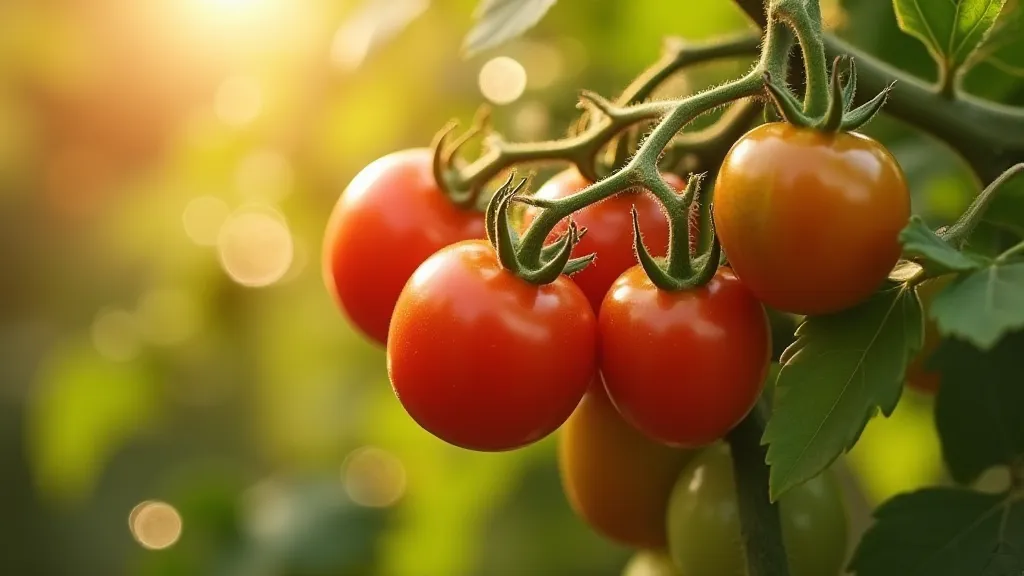
4. Utilizing Greenhouses & High Tunnels
For those seeking the most significant extension, greenhouses and high tunnels provide a controlled environment. The investment can be significant, but the potential for year-round or extended-season production is substantial.
- Greenhouses: Heated greenhouses offer the greatest level of control, allowing for year-round tomato production.
- High Tunnels: Unheated high tunnels extend the season by several weeks, protecting plants from frost and excessive sunlight.
- Temperature Control: Even in unheated structures, ventilation and shade cloth can help regulate temperature and prevent overheating.
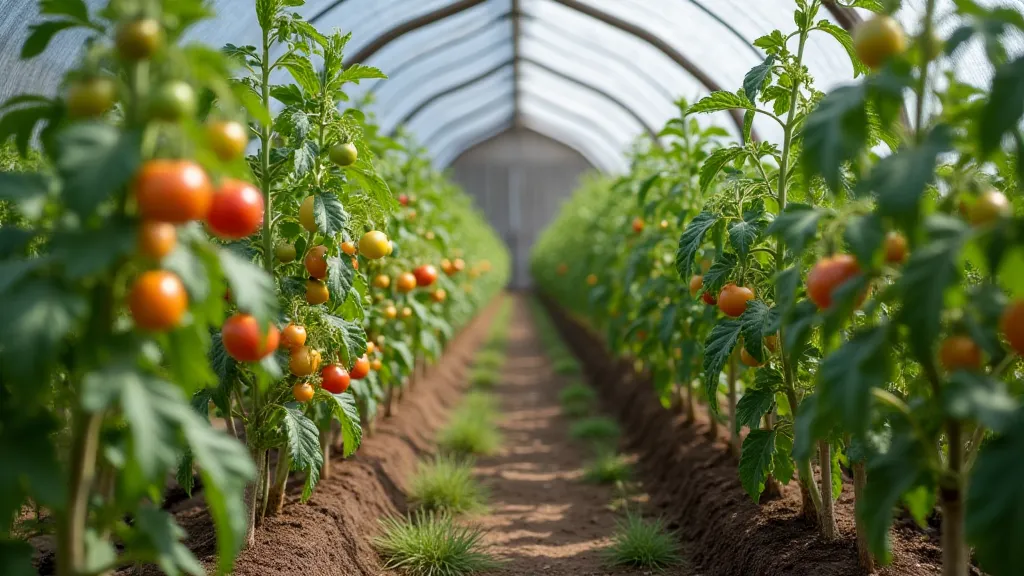
Choosing the Right Tomato Varieties
Selecting early-maturing heirloom tomato varieties is crucial for maximizing your harvest, regardless of your region. Focus on those with shorter days to maturity (75-85 days or less). Early Girl is a reliable choice for its rapid maturity, while Sungold offers exceptional sweetness. For those particularly interested in the genetic diversity and history of tomatoes, exploring varieties native to the Northern Plains can be incredibly rewarding.
Soil, Nutrition, and Water
Beyond the core season extension techniques, healthy soil is the foundation of a bountiful tomato harvest. Proper nutrition and consistent watering are just as important. Tomatoes are heavy feeders and benefit from regular fertilization. Consider using organic amendments like compost and worm castings to improve soil fertility and drainage. Consistent watering is also key, especially during fruit development. Aim to keep the soil evenly moist, but avoid overwatering, which can lead to root rot.
Pest and Disease Management
Even with the best techniques, pests and diseases can still pose a challenge. Regular monitoring is essential for early detection. Common tomato pests include aphids, tomato hornworms, and whiteflies. Organic pest control methods, such as introducing beneficial insects and using insecticidal soap, can be effective. To minimize the risk of fungal diseases, ensure good air circulation around plants, avoid overhead watering, and consider using preventative fungicide applications if necessary. Disease resistance is a key attribute to consider when selecting varieties.
Extending the Harvest Further
Even after the main harvest, you can often extend your tomato season. Allowing some tomatoes to remain on the vine until they are fully ripe, even if they are slightly past their prime, can provide a few extra fruits. You can also harvest green tomatoes and ripen them indoors. Hang them in a cool, dark place or place them in a paper bag with a ripe apple or banana to encourage ripening.
Conclusion
By implementing these regional techniques and choosing appropriate tomato varieties, you can dramatically extend your heirloom tomato season and enjoy the fruits (literally!) of your labor for longer. With careful planning and consistent effort, you can overcome the limitations of short growing seasons and enjoy a continuous supply of delicious, homegrown tomatoes throughout the year.
